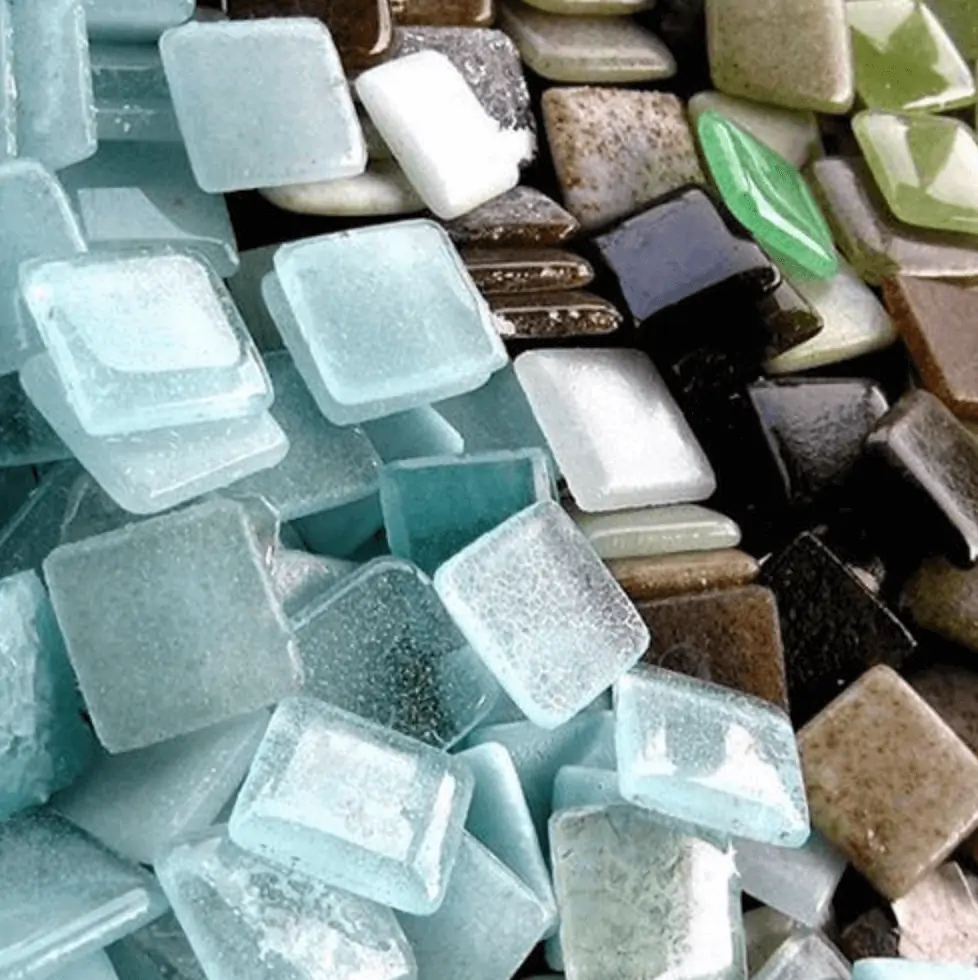
Thank you for joining us in our Green in 2017 blog series! We’ve covered eco friendly habits to lead a more sustainable lifestyle, cleaning solutions, fresh air, and the dirty details on paper towels and sponges! To conclude this mini series, we’re going to touch on environmentally friendly home renovations!
Many environmentally friendly materials typically don’t end up costing more than th
e less environmentally friendly materials. As always, if you are taking on a rather large project, it’s a great idea to consult a professional who is familiar with working with these materials and designs.
Here are a few environmentally friendly materials to consider for your next home renovation!
- Linoleum instead of vinyl. Vinyl is the most environmentally harmful plastic out there. True linoleum, made from linseed oil, is a better option.
- Low or no-VOC paints. Regular paints release toxic volatile organic compounds (
VOCs), but non-VOC paints are now readily available. - Bamboo, cork, or reclaimed wood instead of carpet or hardwood. Carpet is a particularly bad choice if it emits VOCs, as most do. Consider eco-friendlier options like cork or bamboo, both of which regrow quickly.
- 100% Pigment Free Recycled Glass. Bedrock Industries has recycled hundreds of tons of material that would otherwise have gone into landfills. Blazestone glass tile can add a beautiful touch to any home!
- Reclaimed materials. Not only are they more affordable, but they also save the energy, material, and resources it would take to produce a new similar product.
Now that you have a few suggestions on environmentally friendly materials, consider the following tips while planning your remodel!
- Take advantage of natural light with well-placed windows, skylights, or sun tunnels.
- Maximize Solar Energy. Strategically place windows, shades, and overhangs to take advantage of the sun’s heat.
- Use loose-fill insulation made of cellulose fiber from recycled paper.
- Explore the option of solar panels. It is a secure investment that in the long run will save you thousands of dollars, increase the value of your home, and has tax incentives.
- Choose Energy-Efficient Appliances.
- Re-face instead of replace. A fresh coat of no-VOC paint, or only re-facing can go a long way on cabinents and allows you to avoid replacing them entirely.
- Install tiles and countertops made of recycled content such as glass instead of granite.
- Replace toilets with low-flow models.
- Use flow reducers on the shower and sinks so you’re using less water.
Last but not least, while planning your renovation, consider what to do with your demolished materials. Is there something that can be repurposed, reused or recycled?
We hope you’ve found this information useful, and will consider these tips to guide you towards a more environmentally friendly home renovation Remember, every effort and environmentally friendly option you choose is a step in the right direction!
